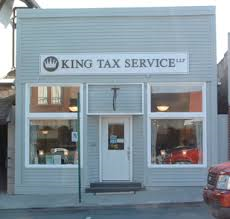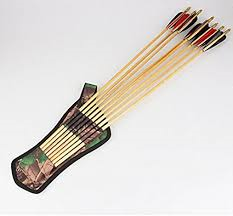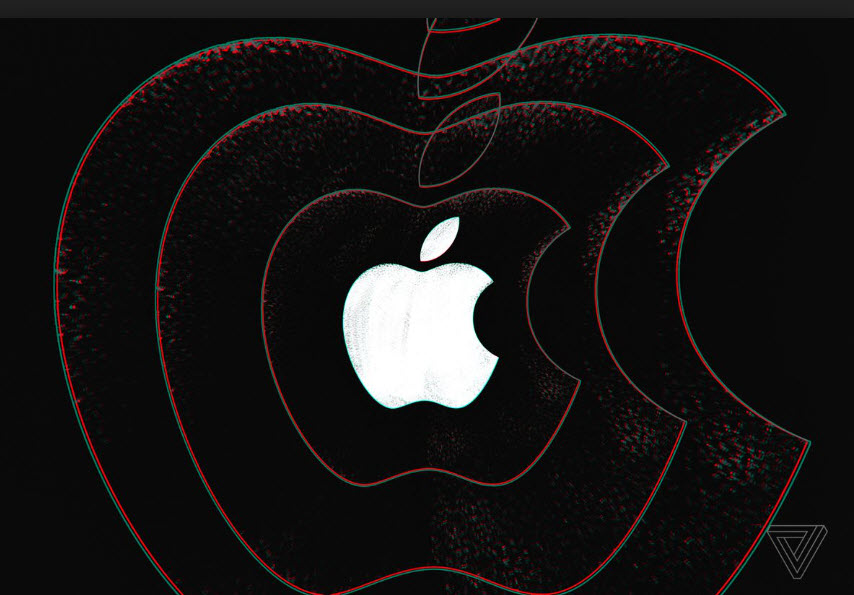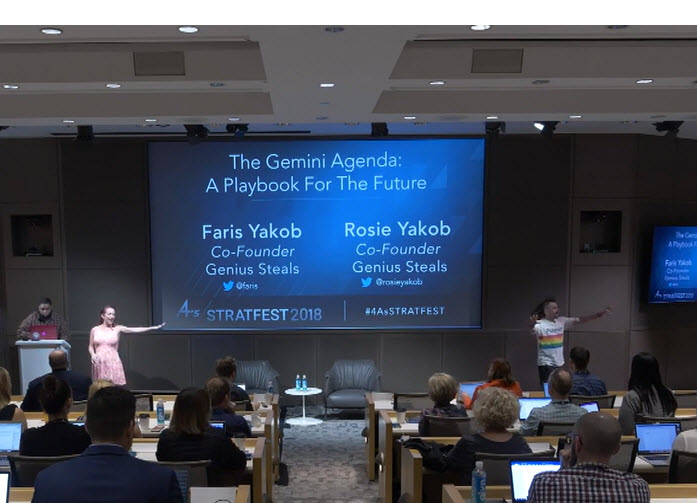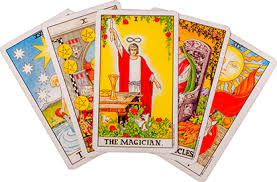Brand Science.
There has been so much talk this past few years about fake news and fake facts that I thought I’d slide that discussion into the business I am in and the business of most commercial products: Branding. Lots has been written and discussed about brands. An entire lexicon has developed about the art of branding. The processes. The journeys. The architectures, components and touchpoints. But all if it is for naught if, to borrow some words from Sergio Zyman, the efforts don’t sell more, to more, more times at higher prices.
Sadly, there’s tons of fake branding and there shouldn’t be. Because done properly branding is a science. In marketing and communications, you are either putting deposits in the brand bank or you are making withdrawals. You are either adding value – organized value – or removing it.
Branding as a science is provable. Replicable. It’s binary. Off or on. It’s also formulaic. That is to say, once a brand strategy is established (one claim three proof planks), the way forward — the way to establish value in the minds of consumer — is clear. But in order for everything to work, you have to get the formula right. And once the formula is right it shouldn’t change, not until the product changes.
You don’t build a house without a foundation. You shouldn’t build a brand without a strategy.
Peace.




